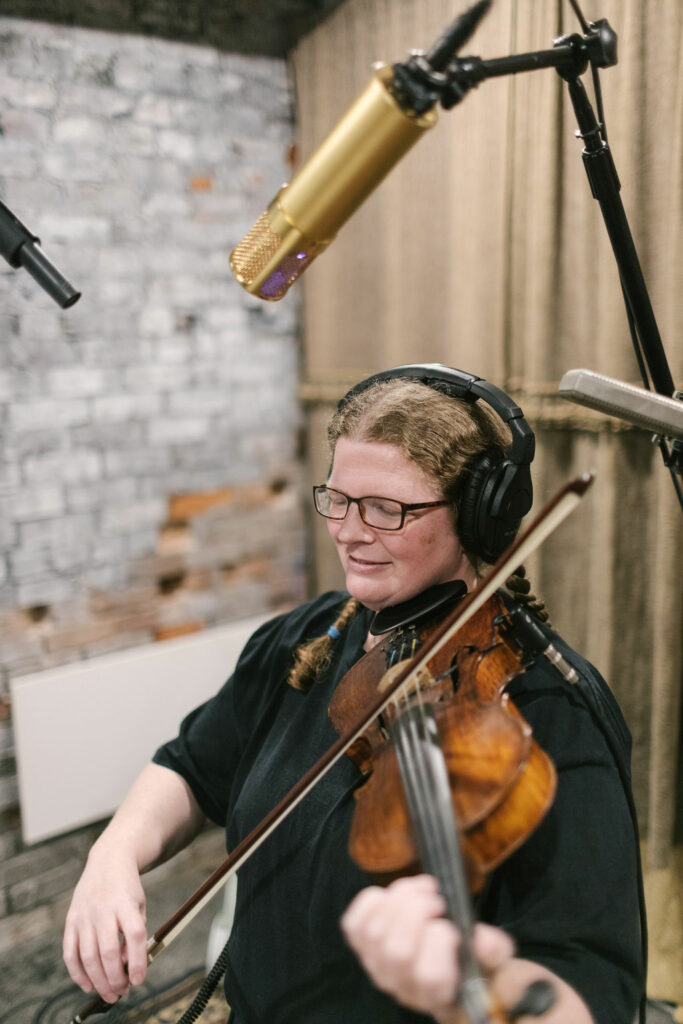15-Minute Fiddle/Violin Practice: Quality Over Quantity
After I wrapped up some recording work, I found myself thinking about what came next musically. It was time for some daily practice, and I’m proud to say I’ve stuck to it every single day. That routine has been a big part of my musical journey, and I want to share how I’ve been doing it—and how you can get the most out of your practice too.

The Power of Short Practice Sessions
Right now, I’m all about fine-tuning my skills. So, I set myself a simple goal: 15 minutes of focused practice every single day. Just 15 minutes. Now, I know what you’re thinking, “That’s not much!” But let me tell you—15 minutes works.
If I told myself I had to practice an hour a day, life would get in the way, and I’d skip more often than I’d like. But 15 minutes? That’s something I can stick to. It’s small enough to make it easy, and the best part? It’s consistent.
Why Short Sessions?
I’ve always been a fan of shorter practice sessions, and here’s why:
Use Your Practice Time Wisely
It’s all about quality over quantity. When I was getting ready for music school in high school, I’d practice 45 minutes every morning before school. I made every minute count. Some folks push themselves to practice 4 or more hours a day, but that can lead to burnout and injury if you’re not careful with technique and posture.
If you’re focused during your practice, you don’t need to be at it for hours. Break it down into smaller chunks, and you’ll progress steadily without hurting yourself or burning out.
Consistency Is Key
Let me tell you—15 minutes every day will do more for you than cramming two hours in once a week. Practicing consistently helps build muscle memory, and soon you’ll be able to perform without overthinking it. When you make practice a regular habit, your body just knows what to do. It adds up to real progress over time.
Now, don’t get me wrong. While my core practice time is 15 minutes, sometimes I get carried away, especially if I’m feeling inspired or just messing around. But at the end of the day, that 15-minute block is where I really focus.
A 15-Minute Practice Schedule
Here’s what my 15-minute practice looks like on a daily basis:
- Three-Octave Scale – Played slurred in groups of 4, 6, 8, 9, and 12, then one bow up and one bow down.
- Three-Octave Arpeggio – Played slurred in groups of 3, 6, and 9.
- Double-Stop Exercise in 3rds.
- Double-Stop Exercise in 6ths.
- Double-Stop Exercise in Octaves.
- Exercises from the “No Time to Practice” Book – I play the first five exercises, which mix up different techniques and approaches.
- Finish with a Fiddle Tune – I wrap up by playing through a fiddle tune from my new album.
When I started last year, I kept the list of exercises a little shorter while I got my foundation back in place, focusing on tuning and technique. Now I can run through these exercises without stopping to fix things, and I’ve already noticed a big improvement in just 20 days.
What About Longer Practice Sessions?
Come symphony season, I know my practice time will naturally stretch out as I tackle new music for the concerts. But for now, I’m all about keeping the basics strong and steady.
Here’s the takeaway: You don’t need to practice for hours each day to make progress. Short, focused practice sessions—like my 15-minute daily routine—will keep you sharp and moving forward.
So, whether you’re just starting or looking to improve your skills, give this approach a shot. Start small, stay consistent, and watch how much you can accomplish with just a little practice every day.
